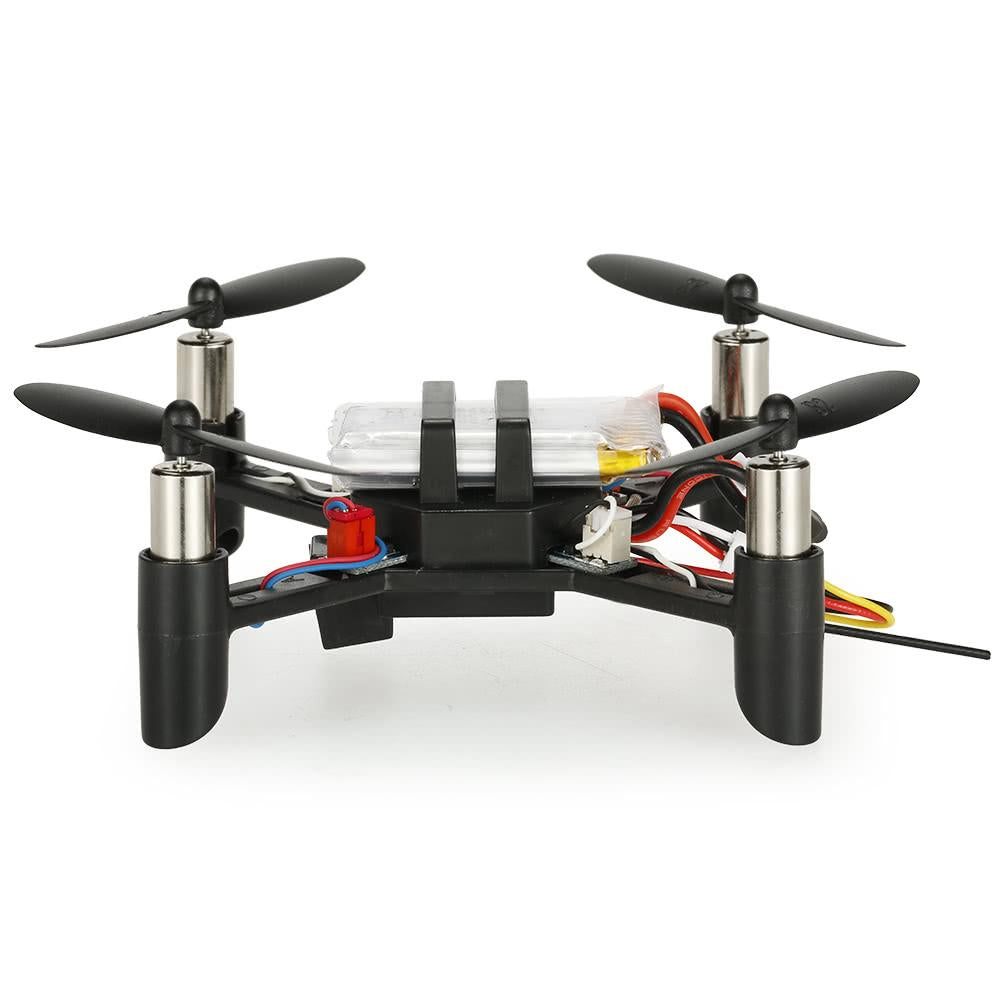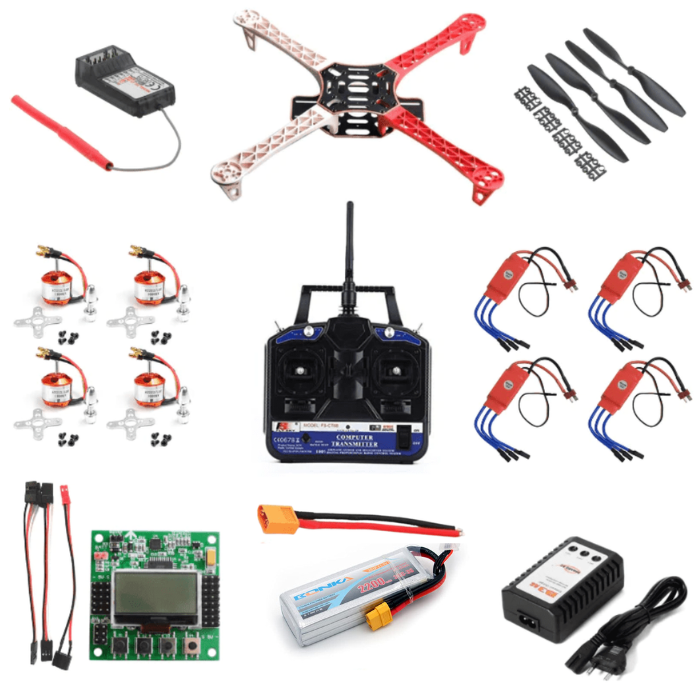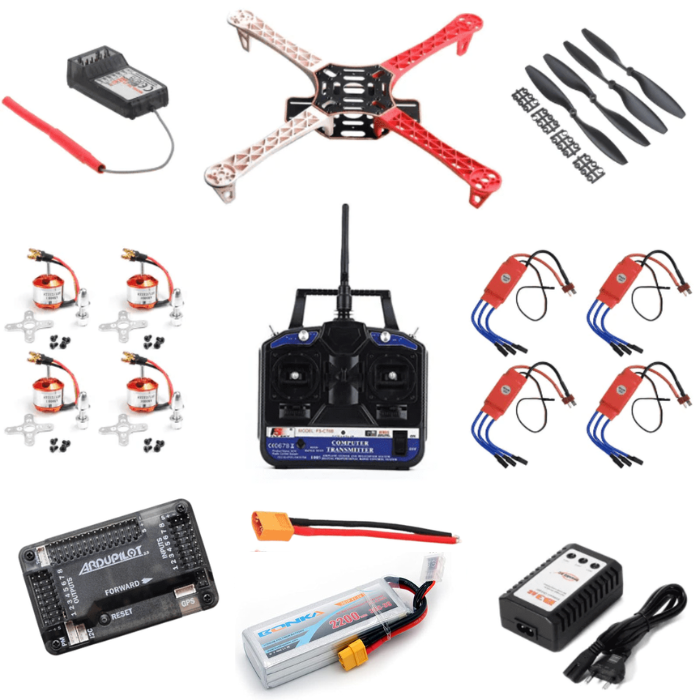What are programmable drones?
Programmable drones are sophisticated autonomous devices that can be programmed to carry out a variety of tasks without the need for direct human control. Through pre-programmed instructions, programmable drones can perform complex maneuvers such as navigation and obstacle avoidance even in GPS denied environment with great precision. They have become an indispensable tool when it comes to rapid deployment of analysis and surveillance operations especially in hazardous or remote conditions where access by regular personnel is either not possible or too risky.

Their ability to collect vast quantities of data from sensors allows them to record images, videos, audio files etc which would otherwise require significant manpower if done manually; making them valuable assets across many industries including agriculture, security & defence services among others. Programmable drones come equipped with advanced safety features allowing users peace of mind while deploying these powerful machines into the air - This includes geo-fencing technologies preventing unauthorized usage along with other measures ensuring smooth operation throughout their entire flight mission time limit. In conclusion they definitely provide innovative solutions catering towards efficient execution of various industrial applications at minimal costs!
read more : What are drones? A-Z Guide Of Assembly to Flying
How do programmable drones work?
Programmable drones are a revolutionary advancement in the world of automation. They utilize advanced artificial intelligence to perform autonomous flight, allowing them to carry out tasks without any human intervention.
These impressive devices can be programmed with specific instructions before being flown into action - so they know exactly what is expected from them and how to complete their mission safely and efficiently. By using sophisticated sensors such as GPS navigation systems, accelerometers or compasses, programmable drones can navigate complex terrains autonomously while collecting valuable data for research purposes or even delivering packages directly to pre-determined locations.
For instance, scientists have used these state-of-the art unmanned aerial vehicles (UAVs) in order study environment changes on remote landscapes that would not normally be accessible by humans due the dangers associated with traveling in certain environments; media outlets have successfully employed programmable drones when covering major news stories capturing stunning images from unique perspectives; law enforcement personnel are now able use this technology during search operations resulting fewer resources deployed per operation leading often times faster resolutions than traditional methods.
Furthermore , commercial businesses operating large warehouses & structures benefit tremendously drone technology since it allows workers inspect high ceilings rafters potentially hazardous areas where manual inspections may halt production schedules causing costly downtime most employers strive avoid at all costs.
read more : Drone Part List
How to program drones?
Programming drones may seem like a daunting task for those unfamiliar with the technology. However, it is really quite simple when broken down into steps. First and foremost, one must have access to the appropriate software suite that gives them control over their drone's movements and capabilities.

There are plenty of options out there so finding the right fit will depend on individual needs such as speed or budget constraints. After acquiring your controller platform, you can begin mapping out custom flight paths from point A to B - by simply dragging waypoints onto a digital map interface in preparation for launch! You'll also be able to select specific maneuvers such as pirouetting or hovering depending on what type of data gathering mission your drone will embark upon next! Finally take command remotely via either app-based hand controllers or physical remotes synced up directly through wifi/bluetooth connections before watching it soar away collecting important footage & data along its journey - all under direct human supervision & calibration each step of the way now rendered effortless thanks to advanced programming techniques allowing easy aerial operations at low cost compared only years ago!
read more : How to control drone using Android
Check out our best DIY Drone Kit with camera and WIFI.
Which programming language is used in drones?
Drone programming language is an essential component for modern unmanned aerial vehicle (UAV) technology. The latest drones are powered by advanced microprocessors and software algorithms that require a specific coding language to operate effectively. C++, Python, and JavaScript have become the standard languages of choice among leading drone manufacturers due to their versatility in data manipulation as well as flexibility with higher-level features such as real-time visuals mapping or wireless communication protocols support.

Additionally many companies use open source libraries like Autonomous Flight Libraries which allows developers add custom functions into existing code without changing it entirely from scratch saving time during development process significantly.. By using these powerful codes you can program flying robots capable of coordinating tasks autonomously or integrating systems like GPS tracking navigation waypoints and live signals streaming making them truly versatile machines fit for various demanding applications at consumer level all the way up to commercial scale operations.
read more : Upgrade Your Control: Best Drone Remote Controllers
Conclusion:
Programmable drones have opened up a world of possibilities, merging technology and creativity like never before. We've explored what they are, how they function, and even delved into the programming languages that bring them to life. Whether you're a hobbyist looking to explore the skies or a professional seeking innovative solutions, the realm of programmable drones offers limitless horizons. So, take flight, embrace the future of automation, and embark on a journey where the sky is not the limit, but just the beginning. Get ready to program, innovate, and soar to new heights with programmable drones!
If you appreciate our work don't forget to share this post and leave your opinion in the comment box.
Please do check out other blog posts about Popular electronics
Make sure you check out our wide range of products and collections (we offer some exciting deals!)










